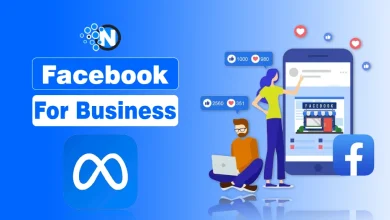The Most Common Mistakes in Digital Marketing

For the last five years, digital marketing has been actively developing and expanding its borders. Now we see how ego tools go beyond the computer and the Internet. However, there are still so many mistakes that happen in the work of a digital marketing manager. One of them is ignoring secure Internet connection and avoiding the analysis of SEO parameters. These two issues can be resolved with the help of proxy Japan full speed right now.
Keep Fooling Around
Lying, not indicating the real price, making pseudo-discounts, displaying the product only in a good light… It used to work. Now everything is different. According to the founder of the Convince and Convert marketing agency, Jay Behr, the transition from fiction marketing to non-fiction marketing is connected with the growing role of a new generation of consumers (millennials), who especially strongly dislike lies and understatement.
The trend is confirmed by the flourishing of such services as Snapchat, Pinterest, Instagram Stories, and Facebook-Live, where a video or image, bypassing editing, is sent to users directly from the phone’s camera.
Here is an example of what can happen to the hotel if such mistakes are made. A few mistakes and a simple misunderstanding are enough. The result is that the number of visitors decreases, and the contingent of those who came in lost heavily to people who choose to spend the night in places with a rating of no lower than 9. In the end, the hotel is closed.
A weak menu or bad service in a restaurant here already becomes the property of the target audience (friends of those who go to restaurants). The owners of online stores whose cards are placed in the Google Market system are increasingly dependent on user reviews: with three stars, even a 5-10% price gain does not motivate consumers to make a purchase. The problem is that mass media marketing, outdoor advertising, or radio advertising will not improve the situation much.

Put the Eggs in One Basket
The main property of the modern Internet can be called multichannel. Previously, if the site was not in Google, it was necessary to urgently solve the problem, because there was no other way to stably attract new users to the resource. With the advent of social networks, such an opportunity appeared. Facebook’s clones were followed by social networks of the mobile-first era with their audience and game rules (content for Pinterest, Periscope, Snapchat, or Instagram is different from what we post on Facebook).
Then the flight of messengers began. In 2016, Telegram channels turned out to be the most fashionable thing. Those who mastered the new medium first got a great audience and a leading position in the new, fast-growing environment. The rest will have to catch up.
Hence, the question: is it necessary to be everywhere, or is it enough to be established where real sales on the Internet come from (website, Facebook page)? Here are some reasons not to stop and learn new platforms:
- Popularity in one channel helps to gain points in another.
- Algorithms (Facebook, Instagram, Google) are changing. In order not to lose too much during the next update or when the auction bid is increased, it is better to have a “spare airfield.”
- New platforms bring new fashion to life. Your audience is on the move, and you risk staying put.
Of course, you should not climb into all platforms simultaneously, and even more so, pay equal attention to each of them. But, regular “outings” are needed. Explore a new social platform. Start with a personal account, see which posts are most popular, and then introduce your brand there. Other experiments may be related to marketplace services.




